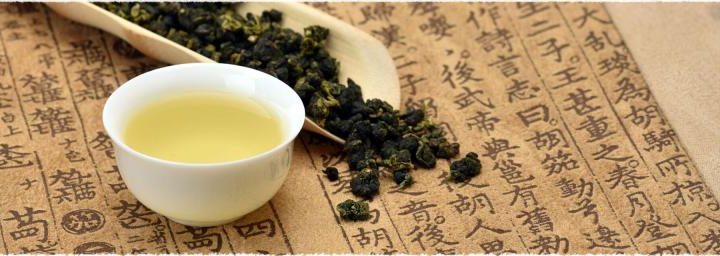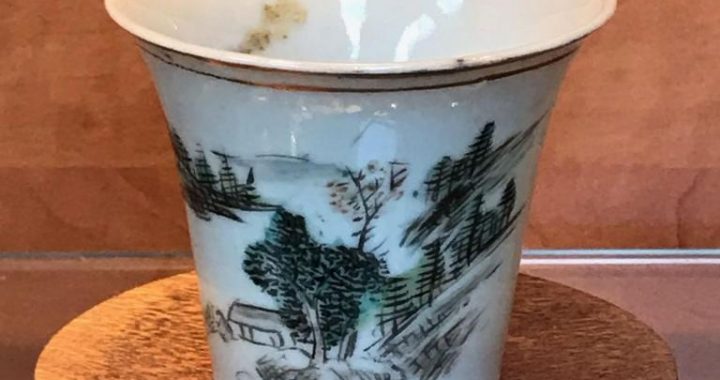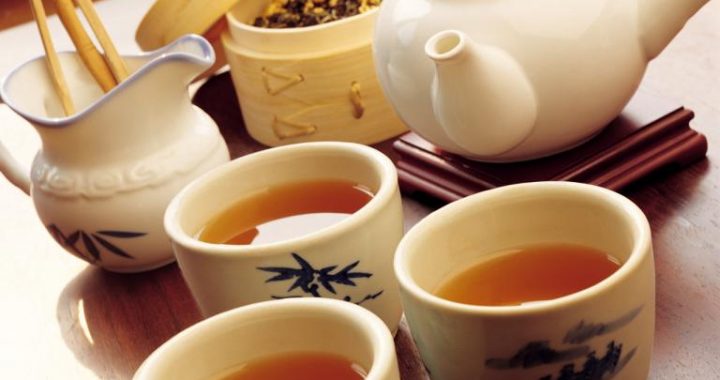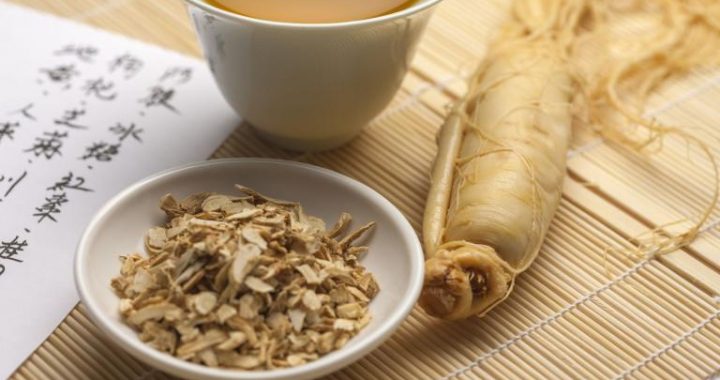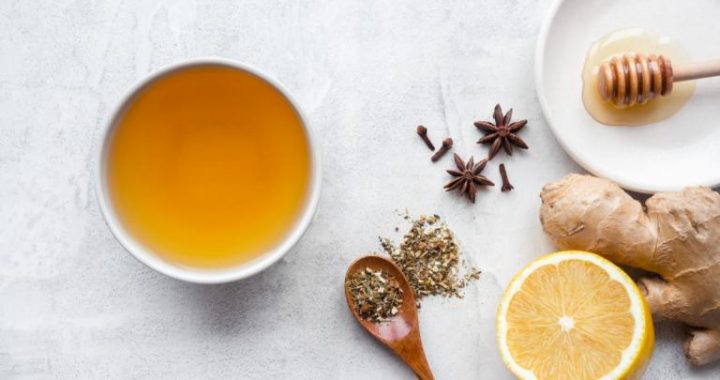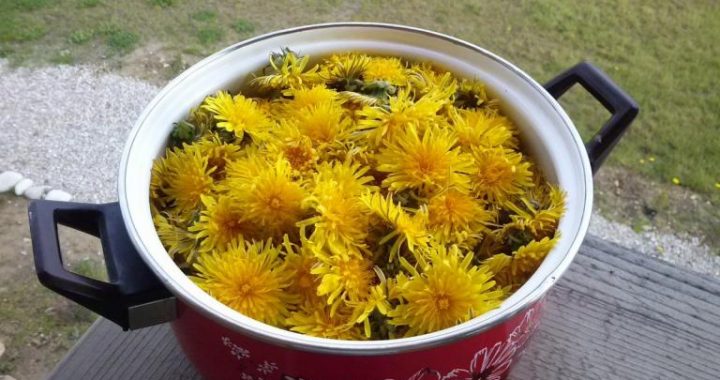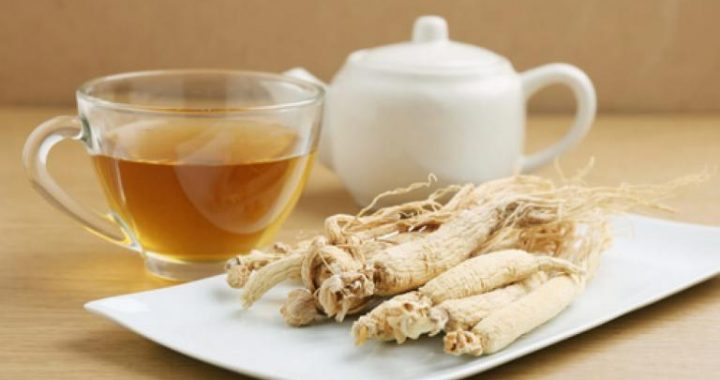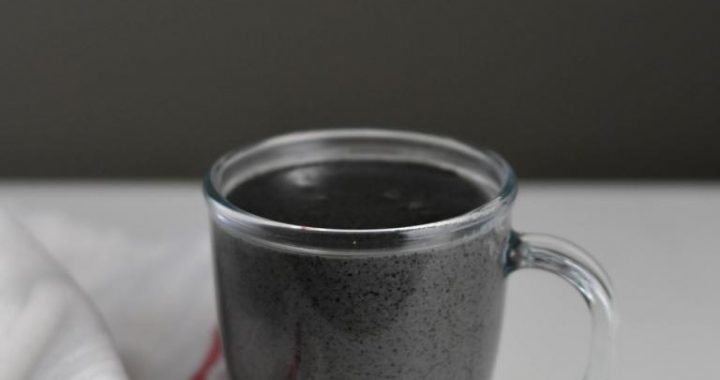The chinese Tea Feasts
2 min readFrom past to present, people developed various activities in tea tasting, such as the tea parties to taste, judge or appreciate tea, the parties with tea as food, the tea associations of creating poetry and the tea feasts for making friends etc, too numerous to mention one by one. Among them tea feast was the most representative Tea feast was originated in the Tang dynasty.
At that time, Zisun Tea of Huzhou and Yangxian Tea of Changzhou were paid to the palace as tributes. During the tea seasons, the prefects of the two prefectures would gather in the Jinghui Pavilion on Huangshan Mountain which located on their abutting area, and the emperor would also sent tea officials, emissaries and eunuchs to supervise the processing of tributetea there. Then a magnificent banquet was held there, at which the prefects of the two prefectures and some famous people would taste the teas and examine the quality of tribute tea together, hence the annual tea feast in the Tang dynasty.
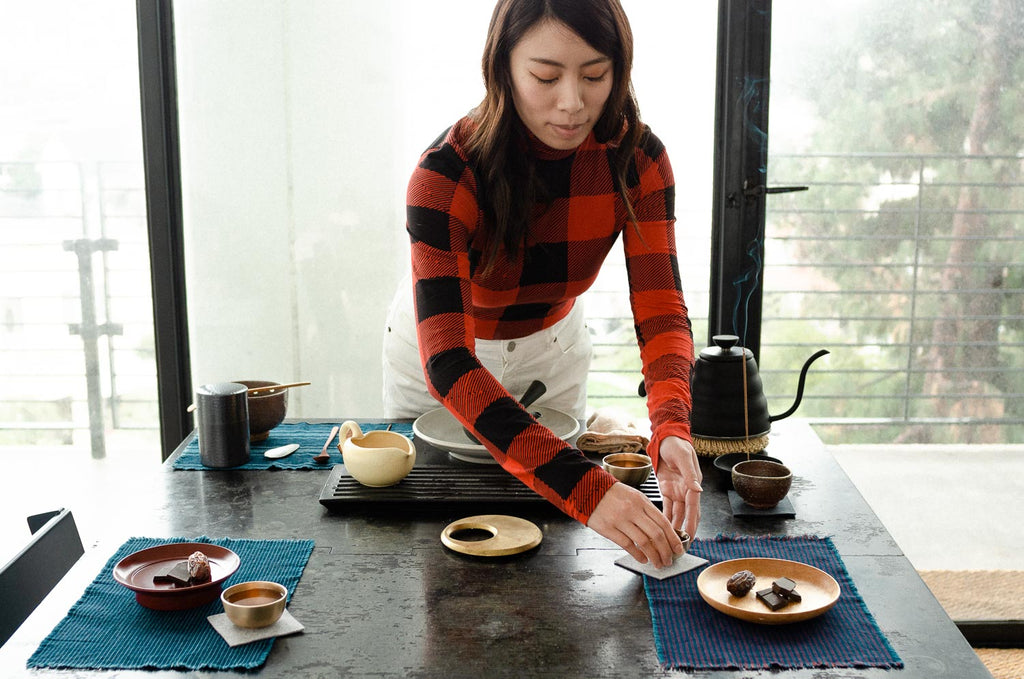
In the Song dynasty, Jingshan Mountain in Yuhang of Hangzhou was called the first of the “five mountains and ten temples”in the south, and the monk tea feast here was very famous. At that time, tea drinking prevailed in the temples on Jingshan Mountain, and there was a custom of seeing tea feast as a kind of respectful protocol. On the tea feast, the monks sit around, drinking tea and talking. Since Jingshan was famous both in China and abroad, several Japanese monks also went there out of admiration. Therefore some scholars held the opinion that thetea, pastries and tea affairs etc in Japanese tea ceremony had a close relation with the tea feasts in Jingshan Mountain.
In the Five Dynasties (907~960), He Ning,a high-ranking official, often took turns with his colleagues to invite other colleagues to taste tea, and there was certain standards about rewards and punishment. People then called this kind of tea party “Tangshe”. Later, the men of letters and scholar-officials, who emphasized the artistic mood of tea tasting very much, added the flavor of nature to the tea feasts; they showed the famous mountains and rivers, the beautiful sceneries through paintings, which, together with poetry, singing and dancing, merged into the activities of tea feasts.
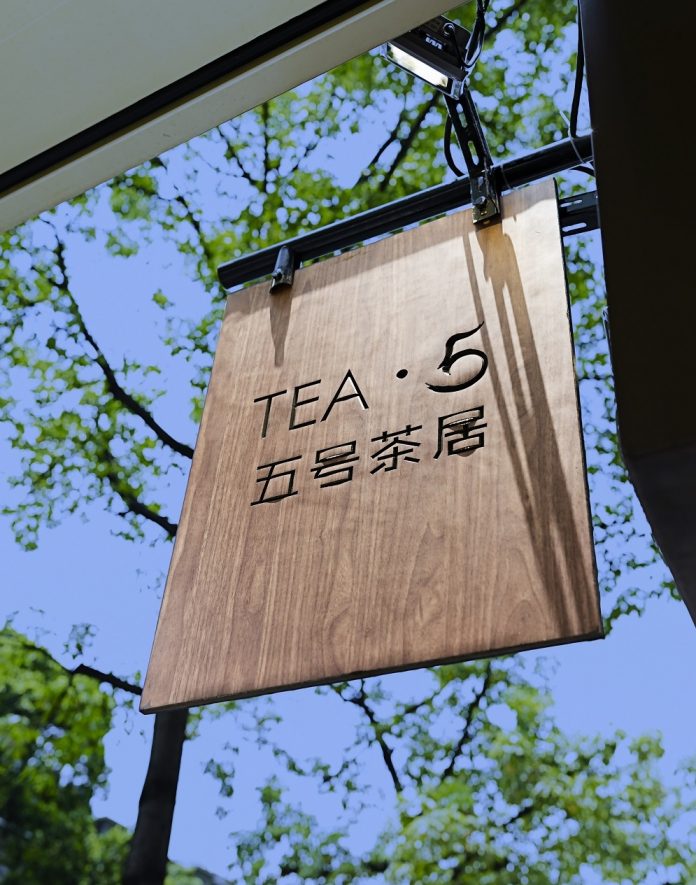
The official and private tea feasts in the Qing dynasty could be seen everywhere. The royal family and the other Manchus all liked to drink “boiled tea”, and they also used this kind of tea in the banquet and to entertain the foreign envoys. At that time, palace tea feasts prevailed greatly, among which the “Sanqing Tea Feast”set up by Emperor Qianlong was the most typical one, with sober atmosphere and fixed time and place. During Qianlong’s reign alone (for 50 years), the “Sanqing Tea Feast”was held for as many as 43 times.
